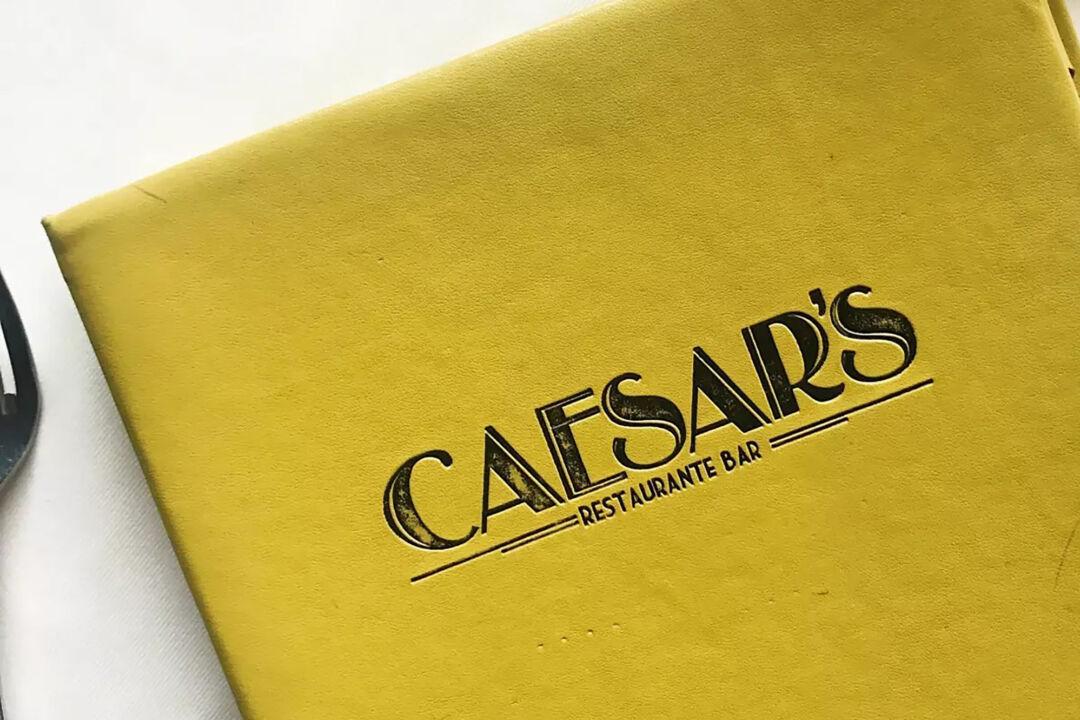By Daniel Hernandez
From Los Angeles Times
TIJUANA, Mexico—The wood-paneled cart arrives at the table with an air of ceremony, pushed by a server, usually a gentleman in a white shirt, black vest and tie. On it sit all the elements required to prepare a beloved salad that was invented right here, according to the lore, at the restaurant inside the Hotel Caesar in Tijuana, Baja California, Mexico.






